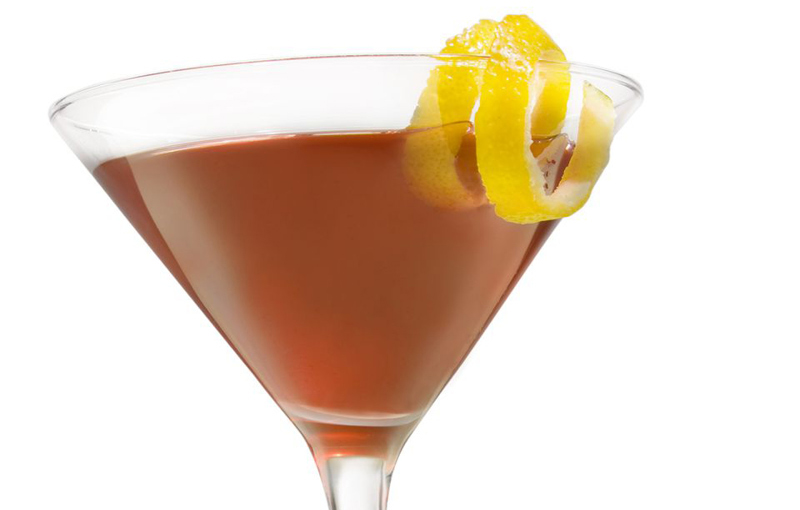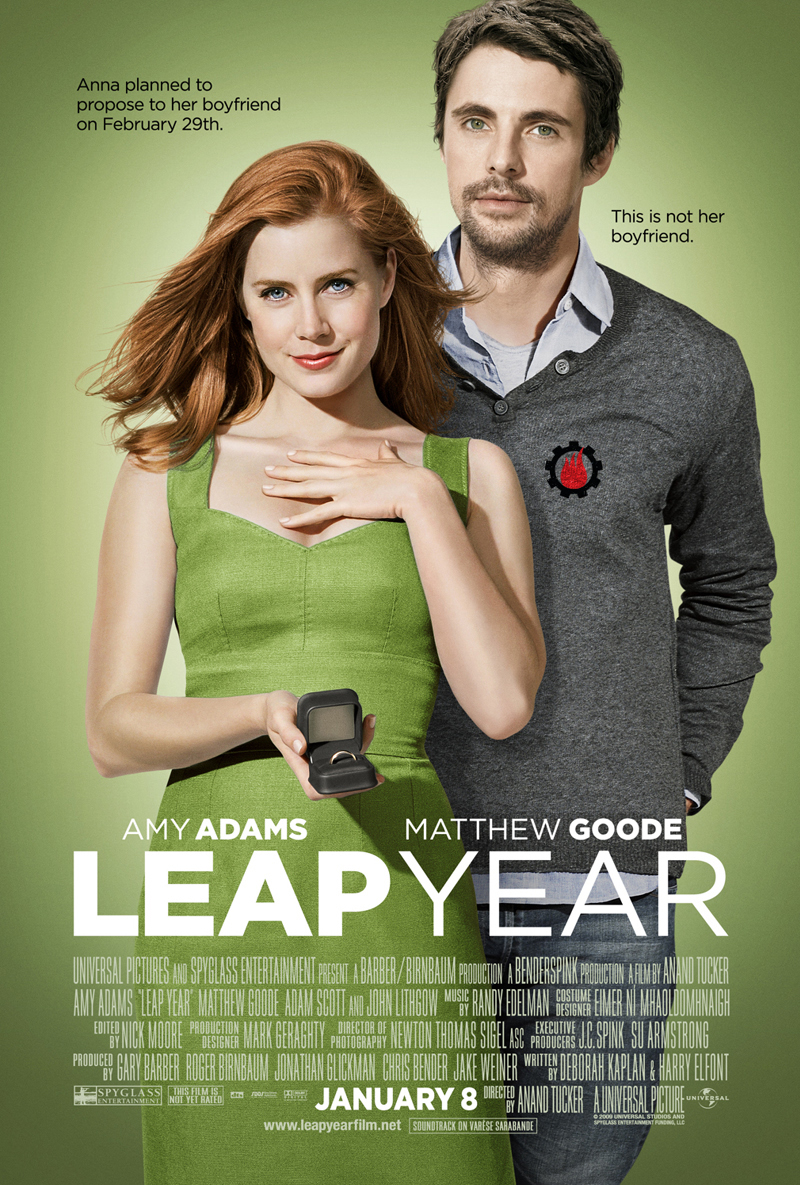Dads (and Granddads)

You want to know something? It’s fun being a dad!!! And a granddad!!!!!!
Happy Father’s Day, dads!
This Sunday marks a special day on the calendar – Father’s Day. For me, it’s filled with current and past memories of my Dad growing up, not just his wisdom helping me transition into the business through his leadership and counsel but also the absolute wonderfully crazy times I had with Dad growing up. Then the joy of having 4 incredible daughters of my own to help raise and now the thrill of being a “grandpa”. Dads are special people throughout – caring, protective and loving – but also clumsy (I can’t braid hair to save my life!), silly and patient.
As I read this list below, there are lots of items that bring back so many wonderful memories of both having a great Dad and the joy in being able to help raise four fantastic daughters who love both Marvel movies and Hallmark! Sports and the Arts! Plus food, all kinds of great food! The fact that my children are all within 15 minutes of Jackie and I is so fantastic! Needless to say I could go on for a long time.
Simply put, being a Dad is an incredible joy and blessing!
To all the dads and granddads out there, we salute you. Enjoy your day and your loved ones. Here a list of great “dad” attributes – I’m sure you can easily add to the list
Why Dads Are AWESOME – (thanks mom365.com for the insights)
1. Dads are Rough and Tumble – play wrestling, running around like maniacs, or tossing their little ones high into the air, dads tend to be the parent less afraid of pushing the limits. It can make some moms cringe to see just how far dads and their kids can go, but we always know that everyone is having fun and will (probably!) be OK in the end. Some mild roughhousing may teach your kids to be resilient and brave – and as Mom reminds us – “it’s all fun and games until someone gets hurt”
2. Two Words: Dad Jokes – Dads are kings of corny jokes. Even though we groan and roll our eyes, you know we love it. Keep on being awesome, dads.
3. Dads are Great Coaches – whether they’re coaching the whole team or just offering some one-on-one advice on how to play the game, dads are amazing at sharing their love of the game. Football, baseball, and soccer are their usual fare, but we’ve known lots of dads who help with ballet and cheerleading, too. We know it’s a little bit love of the sport, but mostly it’s love for their kids.
4. He’s a Fierce Protector – there’s a reason that boys are terrified of meeting their love interest’s dad; dads are protective and unafraid of instilling fear in anyone they think might wrong their child. From chasing away the bogeyman to making sure nobody picks on you at the playground, it’s always comforting to know that dad has your back.
5. Dads Hide Emotions – there is no sound more amazing than your baby’s heartbeat. Moms can hear the whoosh of the Doppler running over her belly until finally you find it–the fast, rhythmic beat of life from inside. It’s expected that moms-to-be find themselves overwhelmed with emotion the first time they hear it, so don’t be afraid to cry–it really is a miracle.
6. Dads Get Creative at Mealtime – when dad is in charge during dinnertime it can get creative. You know the kids will get fed—but some dads will think outside of the box for meals. Buttered bread and pickles, cereal over ice cream, carrot sticks in peanut butter, or sandwiches stuffed high with every ingredient in the house, dads are great at making dinner an adventure.
7. They’re Gracious Gift-Receivers – every dad eventually receives the dreaded ugly neck-tie. And what does he do? He puts that bad boy on and he rocks it. He rocks it because he loves his kids and isn’t afraid to show it—even if the tie is really, truly, awful. And that’s why we love you.
8. Dads are the Best Nap-Buddies – we all have pictures of our little ones napping with daddy. It’s hard to deny that seeing a dad napping with his mini-me is about the cutest thing in the world. You can see that your little dude knows that dad is the most comfortable sleep surface around, and that’s why you let them rest, no matter how badly you wish you were the one napping instead.
9. They Love to Share Their Hobbies – all dads look forward to the day their kids can carry on the tradition. Dads love to have a common interest with their child. It doesn’t matter so much what his hobby is—the day that he can finally share his expertise and have a little buddy join along is a good day for any dad. Fishing, sports, hiking, cooking, antique cars – the list is endless.
10. Dads Teach us Discipline – whether it’s quite time in church, saying our “please and thank yous” or just helping someone in need, Dads set the example, and then reinforce it. Their patience and consistence sets the bar, and shows us where to draw the line.
11. Dads Know About Tools – this one’s a real blessing if you’ve got a fix-it leaning guy. Sure, moms can fix a toy, change a doorknob, or get a crib together, but do they really want to? Dads love to show off their building skills, even if it’s the smallest job ever. It’s fun to see him working hard, plus it sets a good example for kids that you should fix something that’s broken instead of throwing it away. Dads are especially fearless when it comes to get under the sink to fix the drain – that’s when the adventure begins. Especially once I start yelling that this is a stupid design!! Just ask my ladies!
12. What Happens with Dad Stays with Dad – Dad doesn’t mind a little mischief and he knows that sometimes it’s really okay to not tell mom (as long as it isn’t important or too hazardous). Having fun secrets with dad doesn’t make mom the bad guy – but sharing some wild times on the down-low helps strengthen the bond that he shares with his kids. Who can forget the visits to Hot Dog Inn before dinner!
13. And Grandpas get to break ALL THE RULES! Being a Grandpa is a really special time – holding the babies and promising them the world – and no rules apply – skip the restricted diets, spoil them with gifts and just get down on the floor and play – (harder getting up these days).
Love You Dad – thanks for EVERYTHING!!
::::::::::::::::::::::::::::::::::::::::::::::::::::::::::::::::::::::::::::::::::::::::::
DO YOU LIKE CONTESTS?
Me, too.
As you may know the Kowalski Heat Treating logo finds its way
into the visuals of my Friday posts.
I. Love. My. Logo.
One week there could be three logos.
The next week there could be 15 logos.
And sometimes the logo is very small or just a partial logo showing.
But there are always logos in some of the pictures.
So, I challenge you, my beloved readers, to count them and send me a quick email with the total number of logos in the Friday post.
On the following Tuesday I’ll pick a winner from the correct answers
and send that lucky person some great KHT swag.
So, start counting and good luck!
Oh, and the logos at the very top header don’t count.
Got it? Good. :-))))
Have fun!!
::::::::::::::::::::::::::::::::::::::::::::::::::::::::::::::::::::::::::::::::::::::::::

















